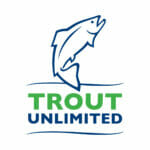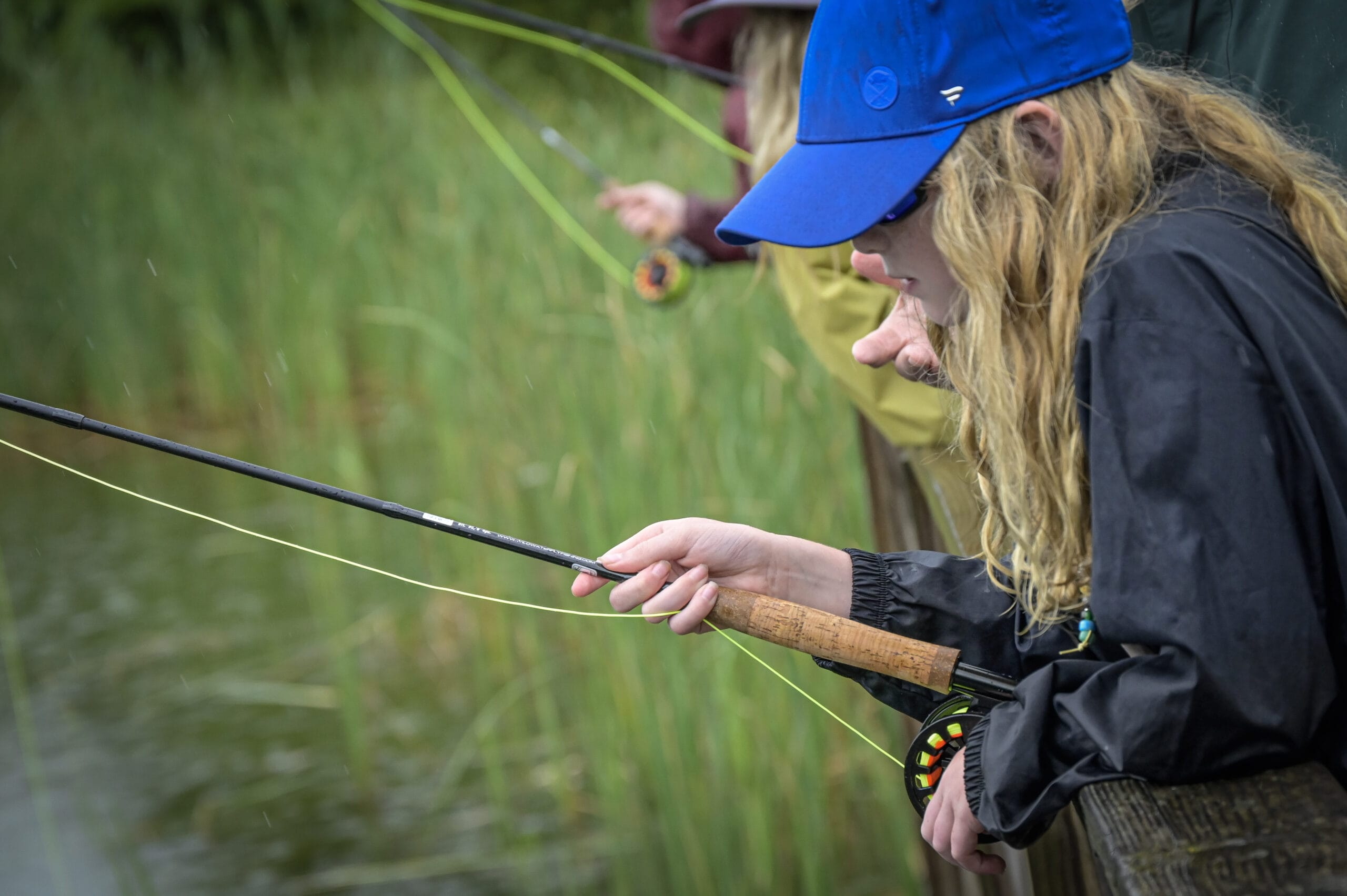The TU STREAM Girls program expands traditional elements of STEM education to include Recreation and the Arts.
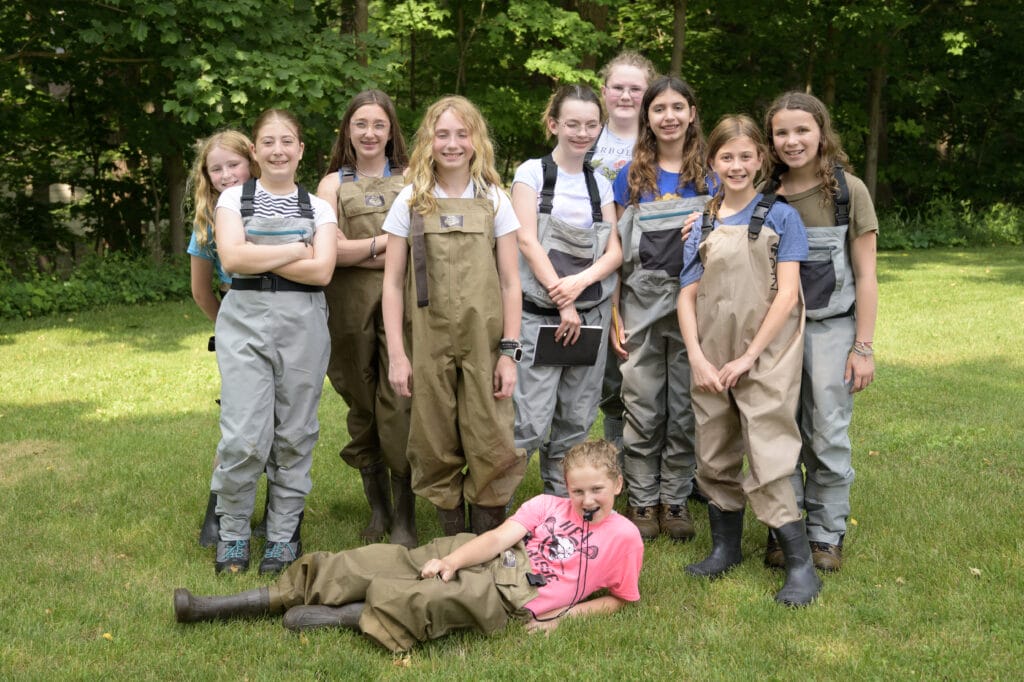
In July, thirteen girls from Girl Scout Troop 61011 in Honeoye Falls became the first New York state recipients of the TU STREAM Girls merit badge.
Led by Lindsay Agness — vice president of Youth Education for the New York State Council of Trout Unlimited — local Seth Green TU volunteers and staffers conducted seven classroom and field sessions over seven months to instruct the girls and meet the badge requirements.
I recently had the pleasure to interview Lindsay about the process.
DH: Congratulations on this achievement! Why is this important?
LA: Thank you. I can’t take sole credit for it. We had an extraordinary team of talented and passionate people, including our scouts, who made it happen. This was an important first because we need to introduce more women — especially younger girls — to the outdoors and to the science involved with cold water conservation. And we can do that through the sport of fly fishing for trout in cold water streams.
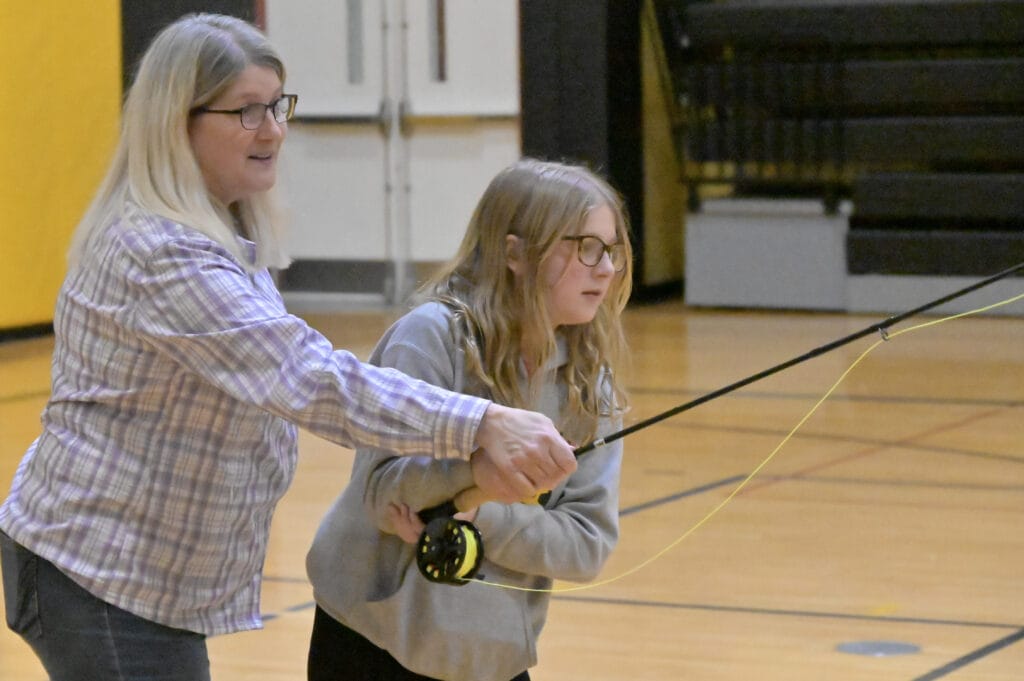
DH: How did you get involved with STREAM Girls?
LA: I’m passionate about fly fishing and have been a TU member for 15 years. I first heard about STREAM Girls years ago and loved it immediately because it introduces young girls to STEM, the outdoors and the fishery. I vowed that when I retired, I would start a STREAM Girls program here in New York State. I was a Girl Scout and I wish this badge had been available when I was a young girl.
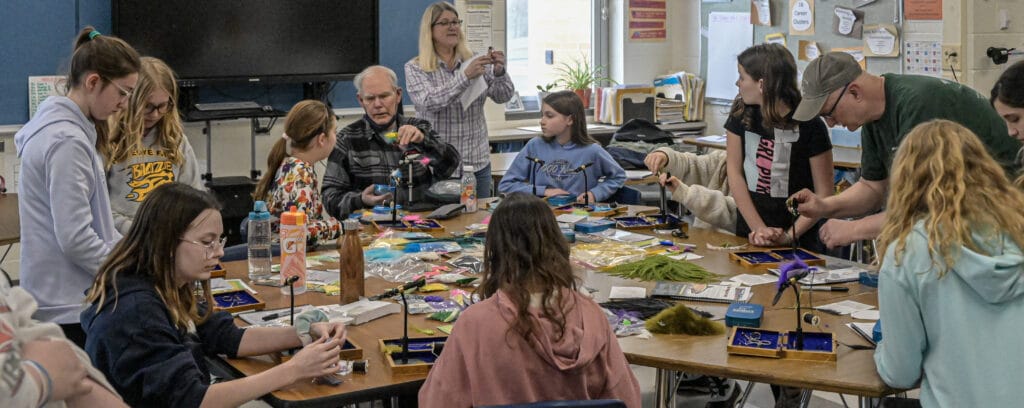
DH: What is this badge all about?
LA: Trout Unlimited specifically developed the STREAM Girls program with Girl Scouts USA (GSUSA) to get middle school girls interested in two male-dominated arenas: STEM-related careers and the sport of fly fishing. TU staff and volunteers provide expertise, training and equipment, while GSUSA provides program support and infrastructure.
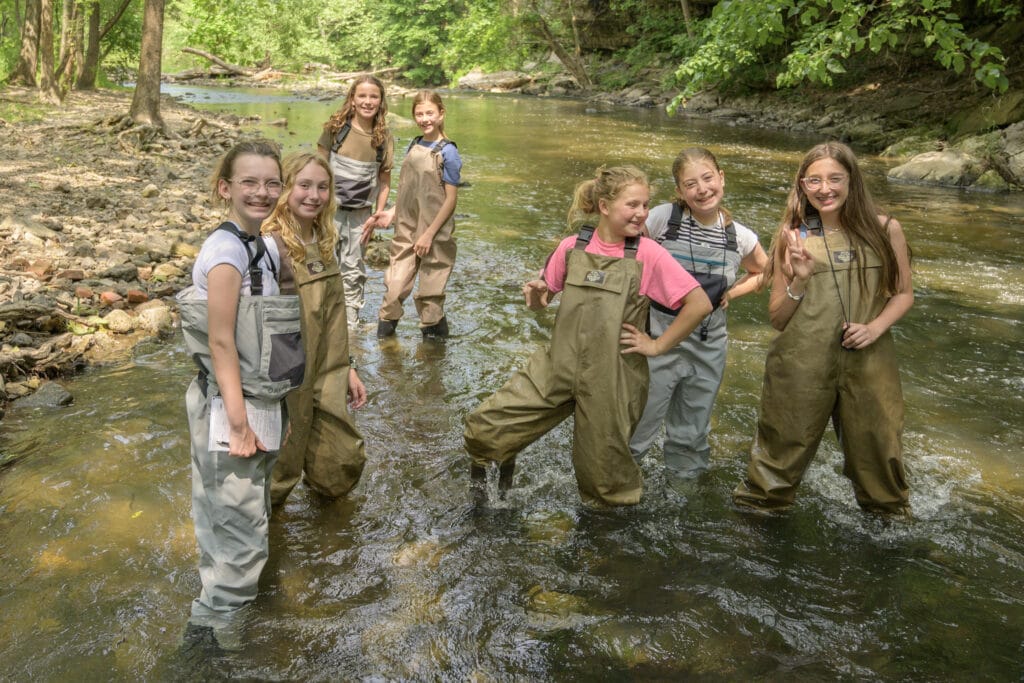
DH: What is the curriculum?
LA: I really appreciate the way the program combines watershed environmental education – the STEM part – with journaling, sketching, fly fishing and fly tying – the Recreation and Art part. STREAM Girls enables the girls to experience the relationships between water quality and bugs and fish, in hopes they may become active stewards of their home waters.
The STREAM Girls program has eight core activities or modules:
- STREAM Walk (watersheds and stream ecology)
- Fly casting
- Go with the Flow! (flow rate calculations)
- Macroinvertebrate survey
- Fly tying
- STREAM scavenger hunt and bracelets
- Some amount of reflection throughout
- Some amount of discussion throughout
DH: Did you have to get certified?
LA: Not formally. I’ve been preparing for this for years. Being a licensed New York fly fishing guide, I’m very familiar with fly fishing, fly casting, knots and fly tying. For the past 12 years, I’ve taught Fly Fishing 101 classes for women up on the Salmon River in New York. I also have an undergraduate degree in biology, so I had no problem with the science parts of the badge.
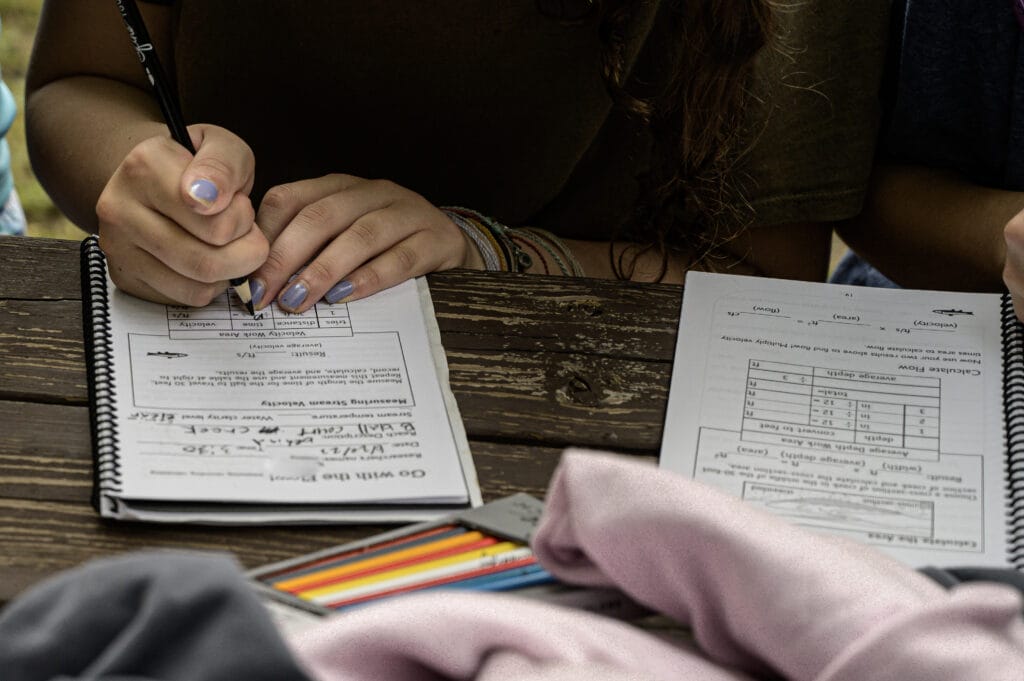
DH: How did you recruit volunteers?
LA: As I started on this journey, I reached out to the TU New York State Council and my local TU Chapter (Seth Green 073) in Rochester requesting volunteers to help with the program.
Shannon, the Troop leader also recruited volunteers for me. I’d like to give a shout-out to Sarah Baker, VP of Diversity for the New York Council, who traveled to Rochester from the mid-Hudson area — and back the same day! — to help us with our finale in July. All told, we had a total of 14people, most of whom contributed approximately 20 hours each to achieve this first.
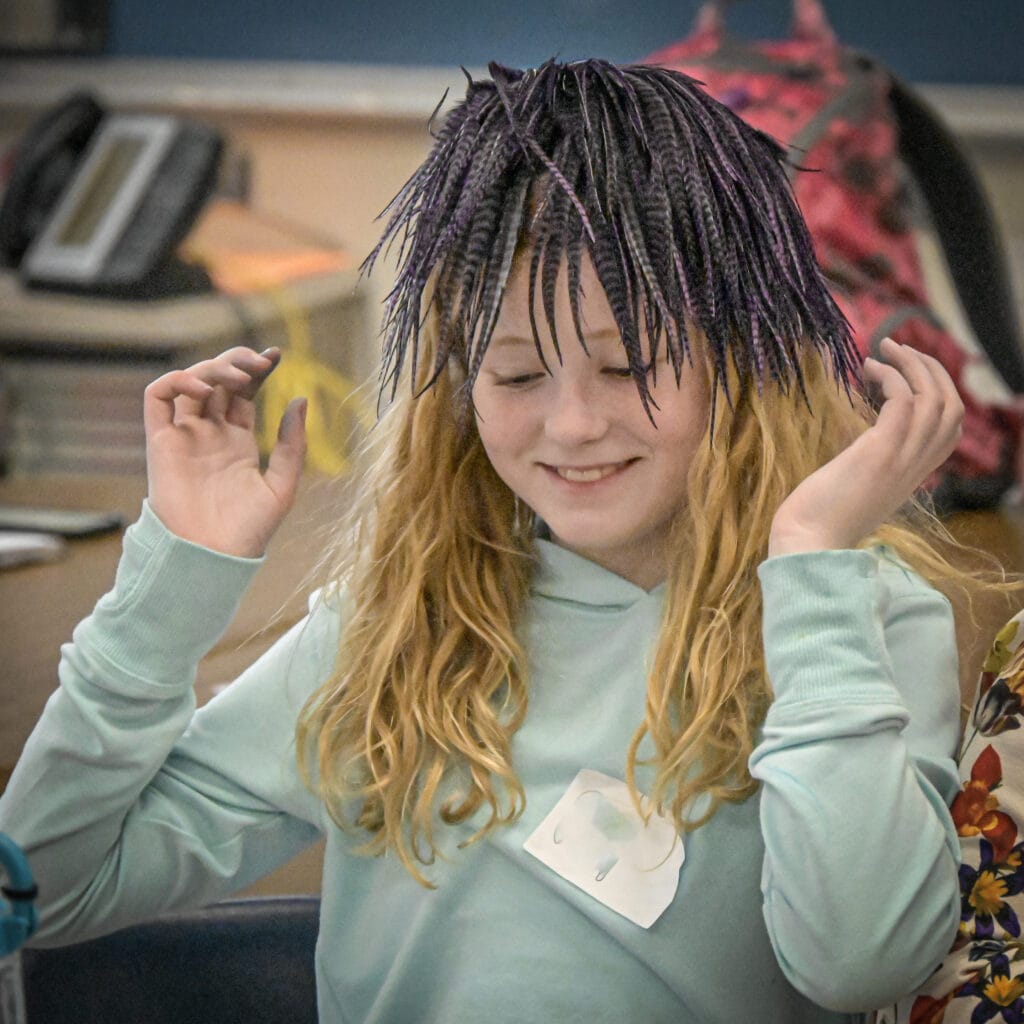
DH: Who else helped you prepare?
LA: Franklin Tate, National Director of Trout Unlimited’s Headwater Youth Program was a huge help. He taught me about the badge requirements and the numerous resources TU has available for the instructors. Since I was not as confident in my knowledge of macroinvertebrates, I reached out to a friend and subject matter expert in stream aquatics — Nadia Harvieux, associate director for education programs at the Finger Lakes Institute at Hobart & William Smith Collegein Geneva, New York.Nadia leads environmental and watershed-focused education programs for a wide range of diverse audiences across the Finger Lakes. I was thrilled when she agreed to help.
DH: How did you get matched-up with the Honeoye Falls GUSA Troop?
LA: I live in Honeoye Falls and reached out to Shannon Wisnowski, a local girl scout leader. As we discussed the badge requirements, she knew her Scouts would be excited about the program – especially the outdoor activities. (If you are looking for a Troop in your area, click here to find a local council.)
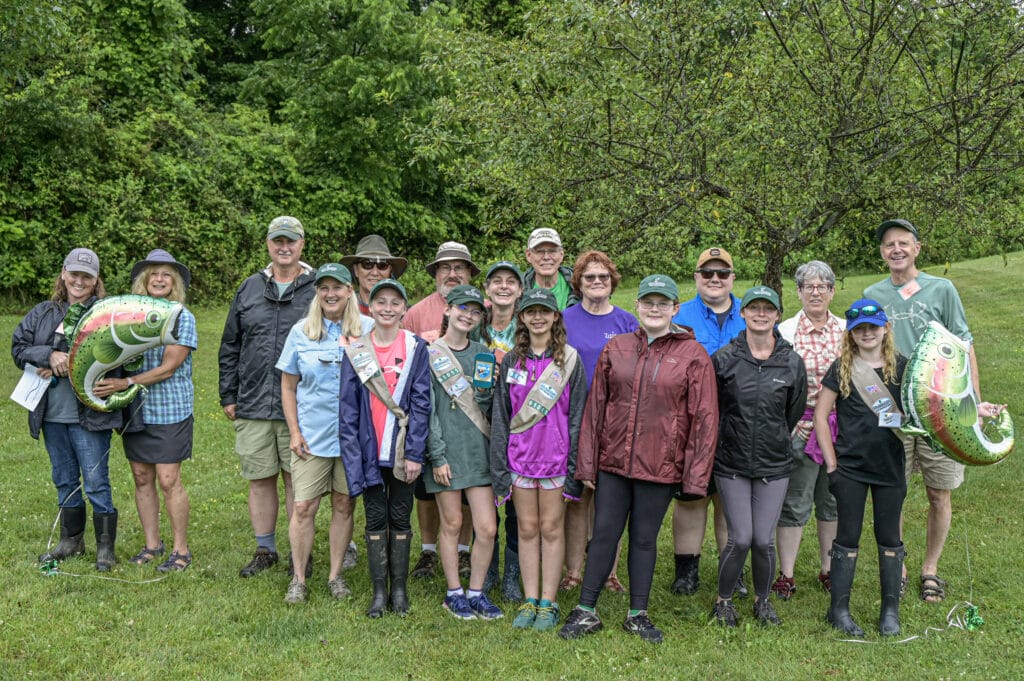
DH: How many scouts did you work with?
LA: We had 13 girls, primarily sixth graders, from Troop 61011, Western New York Council participate in the program.
DH: How many sessions did you lead?
LA: We began in January and finished at the end of July. We held three ninety-minute indoor sessions at the girls’ middle-school, three field sessions in our “home” waters of Honeoye Creek and a three-hour Saturday learning and fishing session at a local park where we completed the program. We even had two local TV news teams cover that one.
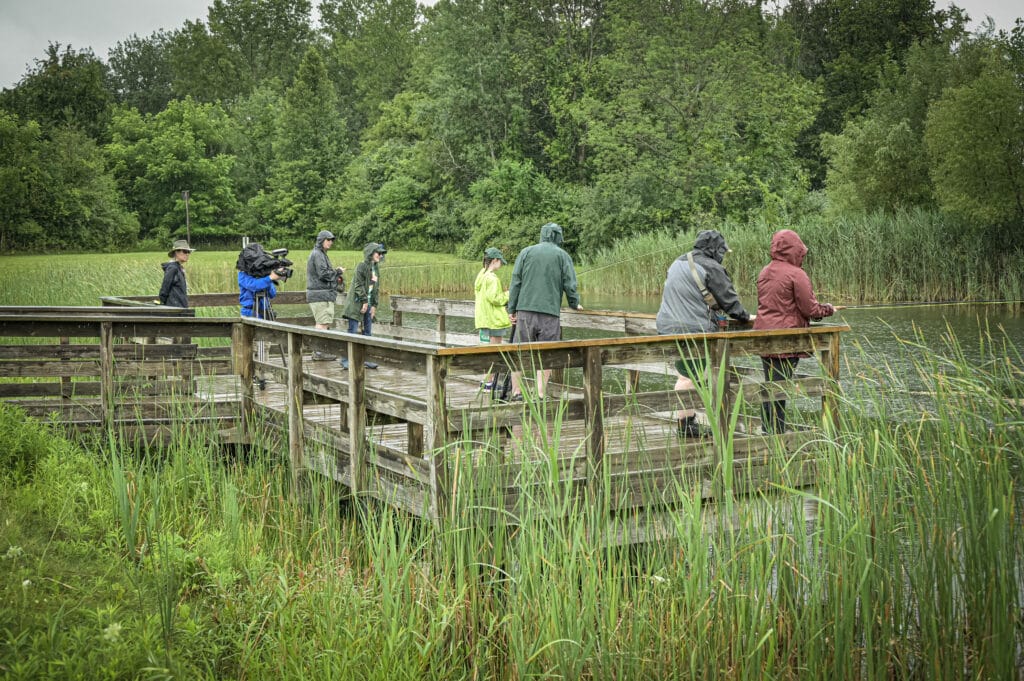
DH: What equipment did you get? How?
LA: Here’s where TU members’ dues and donations are put to good use!
NYS Council of Trout Unlimited Youth Program provided vises & fly-tying materials, fly rods, reels & lines, waders & boots, macroinvertebrate identification cards, ping pong balls and stop watches. Seth Green TU Chapter in Rochester donated fly boxes. TU National provided STREAM Girls field notebooks and badges. The Finger Lakes Institute provided smaller-sized waders and boots, plus buckets, ice cube trays, plastic spoons, and kick nets for bug hunting.
DH: What resources are available from TU national?
LA: TU National has an excellent STREAM Girls website which contains comprehensive information on the requirements, materials and how to run a STREAM Girls program. It was indispensable and should be the first stop for anybody who is interested in running a STREAM Girls program.
DH: Was it worth it? What were the results?
LA: Yes! To watch them catch their first fish on a fly, and to see that tremendous pride of accomplishment was very much worth it. The girls were very creative and excited about the fly tying. All the girls received a free one-year TU Teen membership, and I know several of them have since acquired fly fishing gear.
My favorite experience was seeing the smiling, wadered-up girls playing in the water but then getting serious about capturing streambed invertebrates or measuring stream flow. Sitting around a picnic table performing calculations, they looked like a group of young scientists — but wearing waders instead of lab coats!
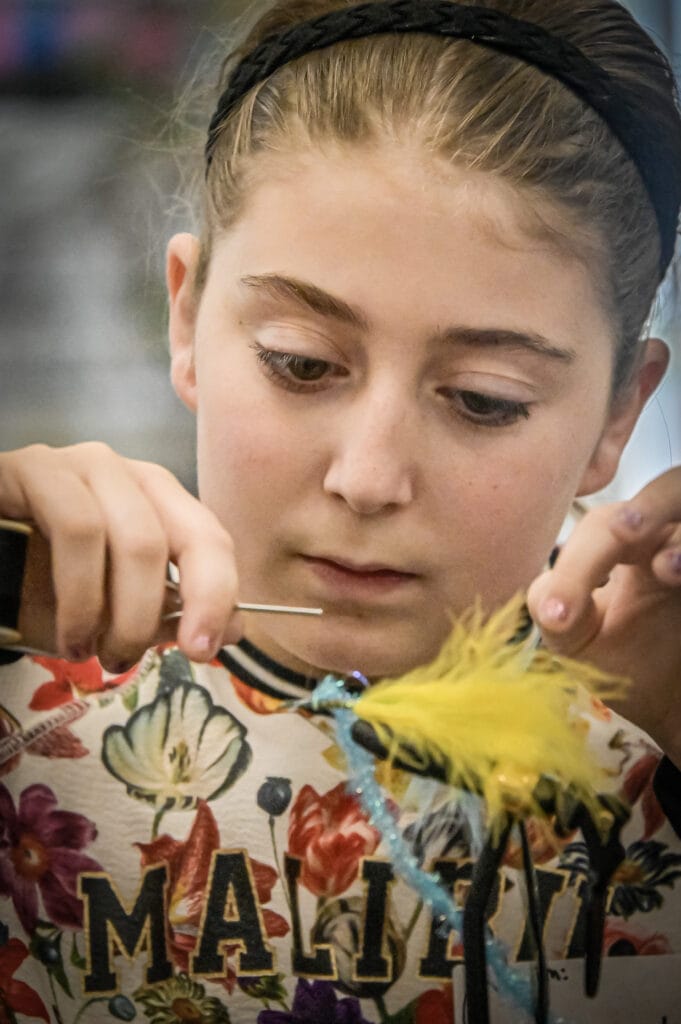
DH: What’s next for you?
LA: LOL. I’m already working with another local Troop Leader and hope to have them signed up for the start of 2024.
DH: Any last words of advice for others who might want to run a STREAM Girls program?
LA: You have to do it! There is plenty of help available. It is important to get young people and especially young women engaged in the outdoors at an early age. It’s been proven that when introduced to the outdoors as youngsters, many people, especially girls, enjoy a lifetime outside. I’m proof of that concept. I learned to fish with my grandfather at a young age, played in creeks, ponds and lakes discovering all the magical wonders the outdoors has to offer. If you can couple that with the science, then we will see more and more women in fishery and wildlife occupations around the US.
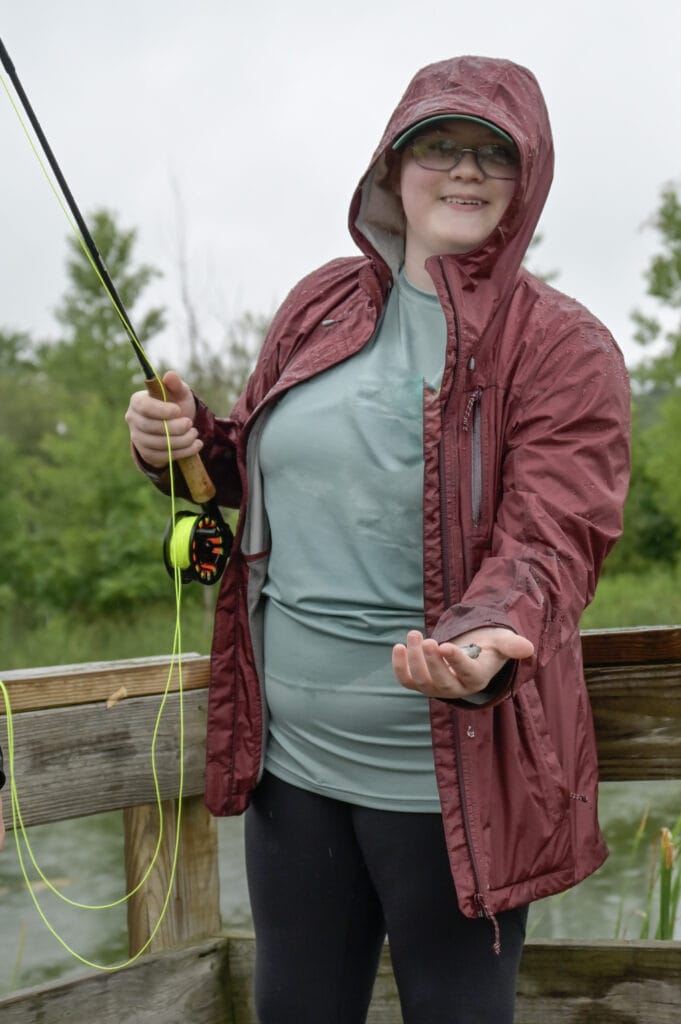
By Dan Hucko. A native of Western Pennsylvania, Dan started his fishing career in the ‘60’s, chasing carp and catfish in the Ohio River near Pittsburgh. Dan has lived in upstate NY since 1981, after graduating from The Ohio State University with a BFA in Photography and Cinema. Retired after a 40-year run in the advertising, corporate communications media relations and cybersecurity training business, he now volunteers for the Seth Green Chapter of Trout Unlimited. He lives in Rochester with his wife Deena and ginger cat named Bowie.


